#Electric Power Generation
Explore tagged Tumblr posts
Text


Katie the goon takes her duties very seriously
#it's me. i'm the goon#I used my electric generator to make this cuz my powers out atm#but it needed to be made#it’s in the goonion contract to bully Tim Drake and Red Robin#who are two completely different people#dc#dc comics#tim drake#red robin#katie the goon#fanart#fan art#my art#me
2K notes
·
View notes
Text
Regional progress and policy recommendations for SDG7.

Explore the first three Sustainable Development Goal 7 Policy Briefs, shining a light on regional progress and policy recommendations for "Affordable and clean energy for all "(SDG7) in the Arab region, Asia and the Pacific, and Europe!
#SDG7#Energy#electric power industry#electric power generation#Energy supply#energy consumption#Arab region#Asian Region#European Region#Pacific Region#Caribbean Region#Policy Briefs#regional progress
0 notes
Text
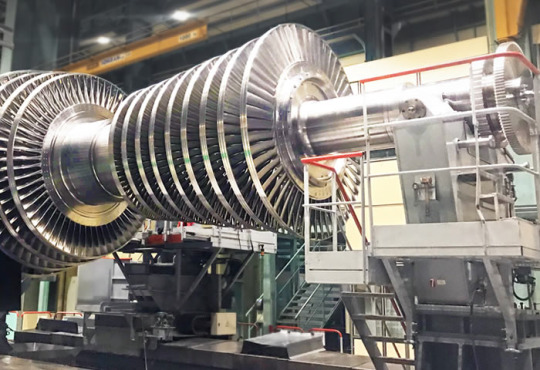
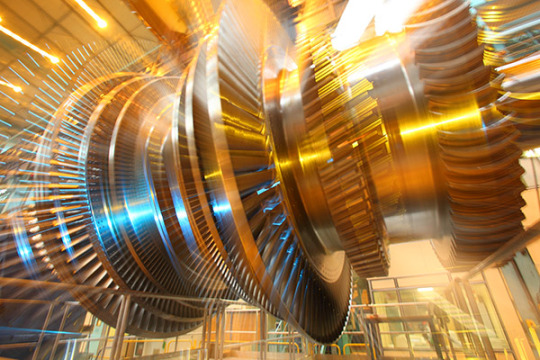
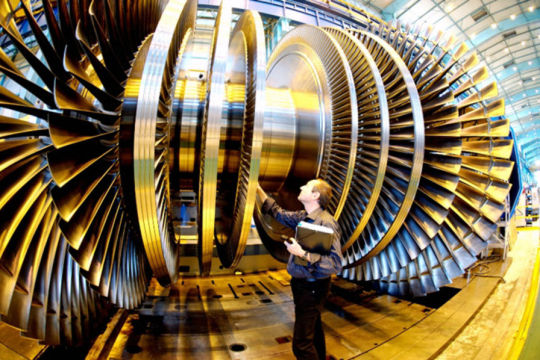
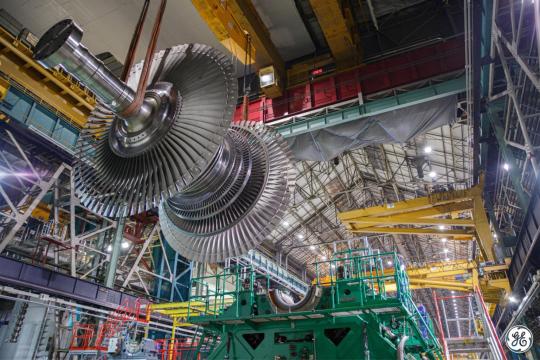
Arabelle - GE steam turbine for nuclear power plants ☢️🏭⚡
😻/😻/😻/😻
#aesthetic#cyberpunk#tech#tech aesthetic#electricity#engineering#power plant#elektrostantsiyapost#technology#engineers#engineer#electrical engineer#electrical engineering#engblr#steam turbine#nuclear energy#nuclear#nuclear power plant#power engineering#nuclear engineering#power generation#electrical#arabelle turbine#turbine#industrial#turbine blades#aren't steam turbines beautiful?#nuclear power#machines#steel
420 notes
·
View notes
Text
I will forever push the "In terms of raw elemental power, Jay would be the strongest and most versatile in terms of range of his elemental abilities out of the main group (not including Lloyd obviously)" agenda
#ninjago#ninjago jay#jay walker#nya could come in clutch if she can pull some blood bending shit like in avatar#jay is called the lightning ninja but his power is general electricity with lightning just being the strongest#considering he can be used to power electronics and if he used just pure lightning for that it would explode that shit in an instant#lightning is fucking powerful who could've guessed#it can cause rocks and trees to explode and is also about 3-5 times hotter than the hottest recorded flame
332 notes
·
View notes
Text
the idea of bakugou struggling with intimacy and being vulnerable and giving into his desires and then finally trusting you enough to let go of whatever fear is holding him back is unmatched btw.
#like. truly genuinely honestly nothing will ever do it for me the way this does#in any scenario this is just peak top tier every time it's ever written#it makes me truly so insane i am vibrating at a frequency that could break glass#i am running around my room generating enough electricity to power all of texas#✿ thoughts: bakugou#anyway good morning LOL
125 notes
·
View notes
Text
Early uses of electric trains (that may surprise you)
This doesn’t explicitly apply about any canon characters, though you could use it to expand on/reinterpret Electra, the Nationals, or make OCs. I’ve just noticed a lot of people in the Stex fandom, and even just general railfans, that don’t realize that electrification historically has had waaaay more uses than environment friendliness and high speeds. Here are some other things it was used for in the days before global warming was on anyone’s radar and smoke was considered a sign of prosperity (the early-mid 20th century)
TUNNELS- burning things in enclosed spaces is a pretty well known way to get carbon monoxide poisoning. Even open-ended but long, slow-speed tunnels had issues with smoke and exhaust from steam and even diesel engines lingering and blocking vision/suffocating people, leading to gas masks or cab forward engines being used. So these became some of the first places to require electrification. And it wasn’t just subways, you also had underground mines and long tunnels through the mountains like the Cascades Tunnel.
HILLS: Due to electric motors being strongest at low speeds (and steam engines being strongest at full speed) and much better power to weight ratio, electric trains are REALLY good on steep, long inclines, especially if there’s any stopping involved. The Milwaukee Road’s Pacific Extension, the Virginian Railway, and basically the entire country of Switzerland are fun examples of early electric lines on rugged mountainsides where even very large steam engines struggled. On top of that, running downhill with regenerative brakes dramatically axes the amount of total power used. And as an added weird bonus, extreme low temperatures and lower oxygen at high altitudes impaired the performance of combustion engines on parts of the Milwaukee Road but electric engines saw no losses or even outright benefits due to enhanced motor cooling (cooling traction motors is a big deal and why a lot of older electric engines have such loud fans)
ACCELERATION: Electric engines and EMUS especially are great at stopping/starting quickly, making them great for commuter trains with frequent stops. This allows greater train frequency without increasing tracks, and is a major benefit of electrification even today (see Caltrain’s electrification project). Also see the GER Class A55 for how extreme steam engineering had to get to compete at the turn of the century.
SHEER POWER: It’s hard to overstate just how much more powerful individual electric engines can be vs diesel or even steam, not having to carry their own power source allows them to access a lot more. Just take a look at the “most powerful locomotives” wikipedia list, and that one actually leaves off a LOT of mostly older electric engines that would outclass steam/diesel ones included. There are a surprising number of huge early electric engines like the PRR FF1 with a similar tractive effort to later large steam engines (albeit a lot of these were slooow due to the aforementioned trait of motors being strongest at lowest speeds). This is also why high speed trains are almost all electric, their monstrous HP numbers are more to pull moderate loads at 200+ mph.
HYDROELECTRICITY: Using hydroelectric power was a practical and not environmental choice in the early 20th century and where it was readily available (especially where fossil fuels weren’t), electrification became very lucrative. Switzerland is the most extreme example, without much of a domestic supply of coal but a lot of hydropower. The Milwaukee Road and Pennsylvania Railroad also used dams as a major power source
MAINTENANCE AND LABOR COSTS: This was a bigger advantage in the steam era because the gap between them and steam engines in terms of maintenance and availability was so wide, and you can run multiple electric engines with one crew but double/triple heading steam engines requires one for each engine. They’re still competitive if not cheaper than diesel power today, especially on high-frequency routes, and especially when the costs of pollution are included. Electric trains are generally the lowest maintenance and most reliable of all traction, and tend to last longer due to fewer moving parts (50+ year lifespans are not rare). Now it’s more a matter of paying more up front and less on maintenance vs less up front and more on maintenance. The actual wires and infrastructure are a BIG up front cost that’s very hard for private businesses to do alone without government help (just see how many lines got bankrupted by these projects in the US in the early 20th century)
BONUS: this is technically a promo by the company itself, but it’s relatively willing to admit their faults, The Milwaukee Electrification
Goes into a lot of the points made above in a pretty fun and concise package
#stex#starlight express#reference#the tl;dr is electric trains are genuinely OP except the massive nerf of infrastructure costs/maintenance#and that is a VERY big nerf depending on economics/politics#i also say “trains” as a general term because most of this stuff applies to both locos/power cars and EMUs
26 notes
·
View notes
Photo
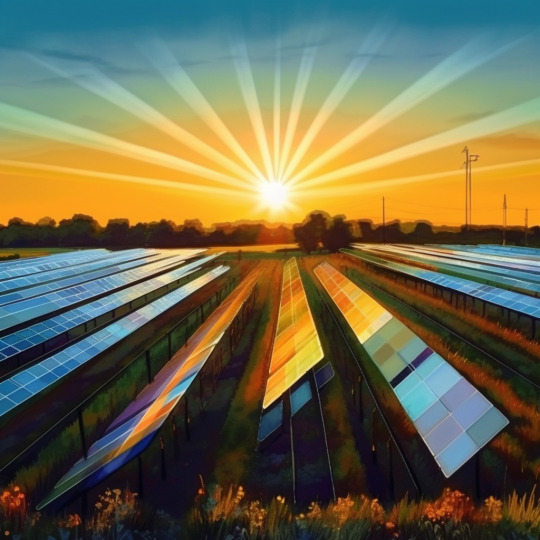

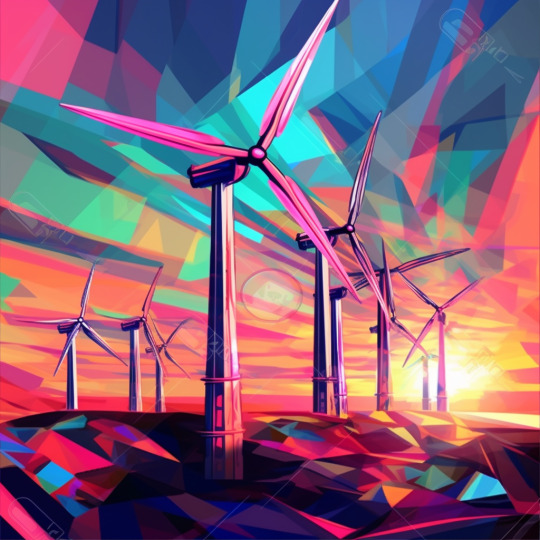
Envision Our Energizing-Vibrant Renewable Future Now
#earth day#earth month#renewable energy#renewable power#ai art#ai#image generation#design#climate art#renewable electricity#power sources#vibrant skies#solar power#solar#wind#wind energy#green future#solarpunk#renewables#midjourney#imagination#image building
253 notes
·
View notes
Text

very quick doodle while i bounce bigger projects around in my head
#community#abed#evil abed#power went out on campus today so got to get out class early#bcus i live further from campus my electricity wasnt affected (luckily)#and i dont have to deal with lab today so yay for me#also my friends birthday which takes general precedent otherwise#and also reminded me MY birthday is only in like 10 days now.. crazy...#i dont think ill do much for that. who knows.
19 notes
·
View notes
Text

Beneath Niagara Falls our men stood at the switches of the great generators that hummed and roared.
(Buck Rogers 2430 A.D. daily strip)
#buck rogers 2430 ad#niagara falls#generators#voltage#power#electricity#the future#25th century#sci fi comics#Phillip nowlan#Richard calkins#dick calkins#Hermes press#comic strip#30s comics
8 notes
·
View notes
Text
AI is to renewable energy what vaping was to anti-smoking campaigns
Things were getting better until we made it shiny and colourful
#chat gpt uses so much electricity that US companies are building new gas-fired power generation facilities#AI has caused an immense surge in electricity demand and we can't keep up with it#we are going backwards#anti ai#ai bullshit
8 notes
·
View notes
Text
Thinking about Pacific Rim on the way to work this morning, as one does, and how there is a fundamental misunderstanding of how nuclear reactors generate power. They would be terrible power sources for mechas, not just because of radiation concerns, but because of how much stuff they require. Like, inherently, you need the reactor but you also need a cooling system that generates steam to power a steam turbine to generate power in an electrical motor. Even a small reactor system like in a nuclear powered submarine is significantly larger than most people think.
Like, a Los Angeles class fast-attack submarine is 350 ft long. Almost half of that space is taken up by the power plant system. That's 175 ft, or over 50 m. That's roughly equivalent to a 14 story building. Gypsy Danger is 260 ft tall. If 1/3 of its height is the torso, that's ~80 ft. Not enough room for a small nuclear power plant. And that's with what we were capable of building in the early 2010s. That space also doesn't take into account all of the coolant needed, whether it's a water-cooled reactor or a sodium-cooled reactor. And that's not even considering the weight of all of that stuff. Plus the fact that, while a sodium-cooled reactor may be more efficient, it is also highly flammable. There's a reason Jimmy Carter refused to allow sodium-cooled reactors on US nuclear submarines, and he was basically considered the father of the nuclear navy.
On top of all of that, nuclear reactors are fussy. They don't like getting knocked around. There's a lot of delicate instrumentation, and the entire system is running at high temperatures and high pressures. We're talking 250 to 300 °C (482 to 572 °F) and >2000 PSI (136 atm, or 136 times normal outside pressure). You need a very robust system of pipes and pumps to handle that sort of thing, and if any of it breaks, at best you're getting irradiated water and at worst you could be looking at a hydrogen or sodium explosion depending on the type of cooling system.
All of these concerns regarding weight and size are basically why nuclear-powered jet engines never took off (hah). Yes, they were actually being designed, by both Pratt & Whitney and General Electric, the two major jet engine manufacturers in the US. While the GE design was "relatively" small, it was a direct air cycle, which means that the air powering the turbine was heated up directly by the nuclear reactor, meaning that the exhaust from the engines were irradiated. So using it meant spewing radiation behind it.
That's not even taking into account that the first nuclear-powered jaeger was built in ~2014, a time when nuclear power was especially contentious. If it had been pre-Fukushima, when the "nuclear renaissance" was still holding strong, I could believe that they may have tried for a nuclear-powered jaeger. But post-Fukushima? Not so much.
So yes, it's highly unlikely that we would have developed nuclear-powered mecha. What's more likely is that we would have seen huge advances in rechargeable batteries, fuel cells, and electric motors. We are just now seeing in the early 2020s an electric motor that can generate power on the same scale as a combustion jet engine, but the amount of power to run that motor is still beyond the capacity of what we have for battery storage. And the problem we see, of course, with the rechargeable batteries being used in electric cars is that they tend to catch on fire.
All that being said, yes, I recognize that it is a sci-fi movie and the science aspect is more or less just ignored. But this is what happens when you have a bored writer who has also been in the power generation industry for nearly 17 years.
Tl;dr. We wouldn't have used nuclear-powered mecha, we probably would have advanced electric motors and batteries by leaps and bounds.
#pacific rim#nuclear power#nuclear reactors#nuclear power generation#mecha#nuclear powered jet engines#electric motors#meta#unnecessary meta
10 notes
·
View notes
Text
going to start those fake "anti-ai filter" jpgs from tiktok not to actually protect my paintings from ai but because i love the aesthetic of everything drowning in an apotropaic oil spill and it feels thematically relevant lol
#the text you are seeing right now is powered by the extinction of species <3! the internet in general consumes electricity#there are beetles dying for my shitposts
7 notes
·
View notes
Text
guys listen i know the factoid about how much water ai prompts use is alarming if you're unaware of the general wasteful use of water in production in general, but, like,

#op#also water cooling is like. recycled. ideally that's the point of it. it's still clean water when they're done using it to cool systems#this is the case for the power plants used to generate electricity but also downloading files making regular web searches etc etc etc#leaving reblogs on for now but Do Not Fuck With Me.
18 notes
·
View notes
Text
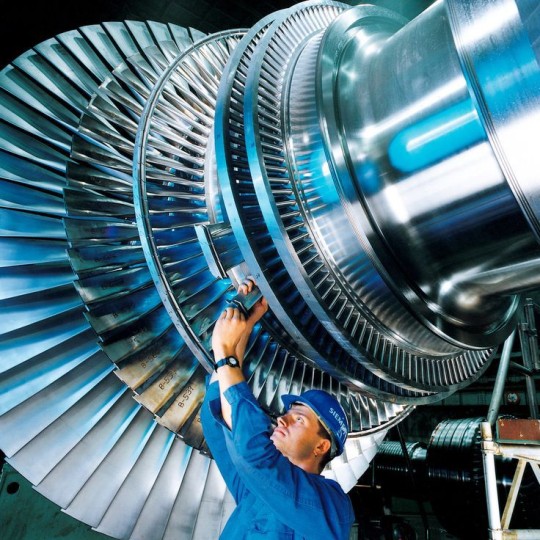
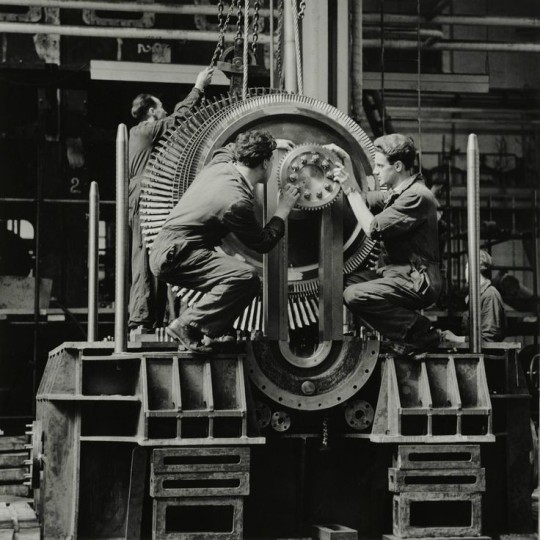
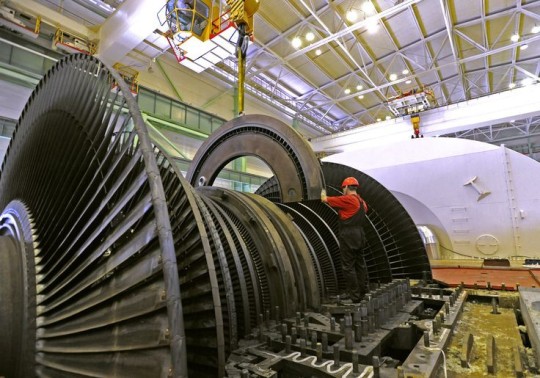
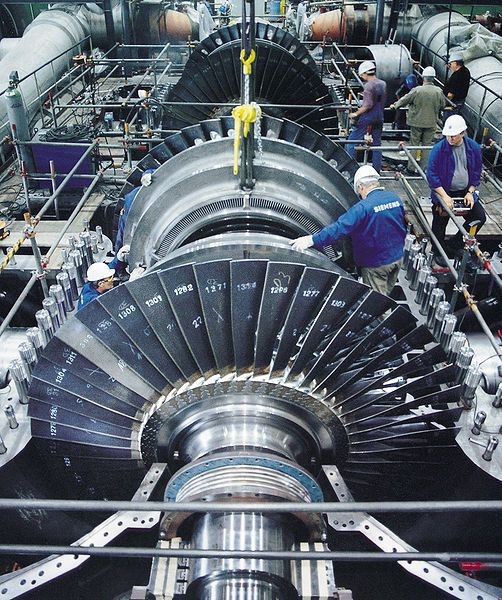
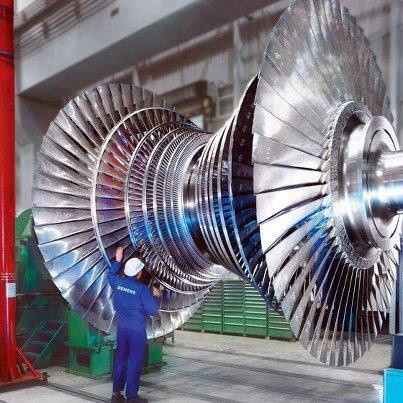
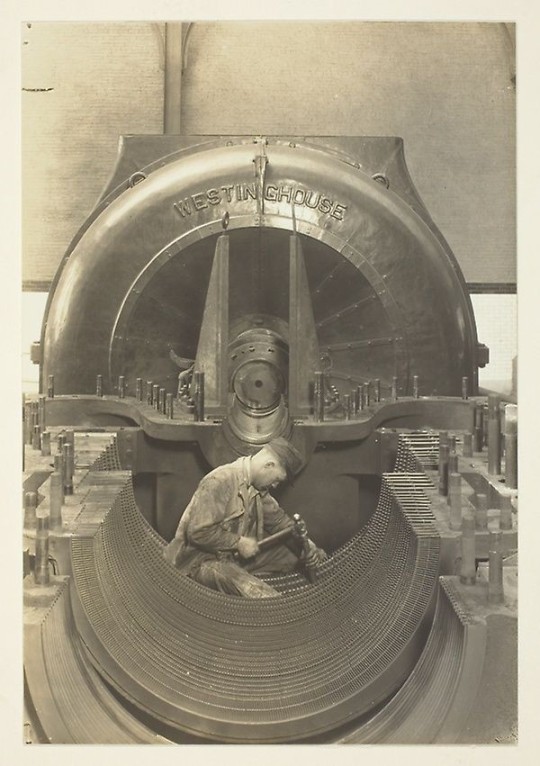
Turbineposting again, bc they're so beautiful 😻, yet so unappericated. All imgs from Pinterest
#aesthetic#cyberpunk#tech#tech aesthetic#electricity#engineering#technology#elektrostantsiyapost#steam turbine#power plant#power engineering#electrical#electrical engineering#power generation#turbines#turbine#turbine blades#techwave#techcore#industrial#electrical engineer#machines#steel#engineer#engineers#engblr#electrical energy#mechanical#old tech#vintage
73 notes
·
View notes
Text
Solar power surpassed coal in the European Union's electricity production in 2024, as renewables climbed to nearly half of the bloc's energy mix, according to a report by climate think tank Ember. Solar overtook coal in the European Union's electricity production in 2024, with the share of renewables rising to almost half the bloc's power sector, according to a report released Thursday. Gas generation, meanwhile, declined for the fifth year in a row and fossil-fuelled power dipped to a "historic low", climate think tank Ember said in its European Electricity Review 2025. "The European Green Deal has delivered a deep and rapid transformation of the EU power sector," the think tank said. "Solar remained the EU's fastest-growing power source in 2024, rising above coal for the first time. Wind power remained the EU's second-largest power source, above gas and below nuclear." Overall, strong growth in solar and wind have boosted the share of renewables to 47 percent, up from 34 percent in 2019. Fossil fuels have fallen from 39 to 29 percent.
continue reading
6 notes
·
View notes
Text
Not only would a solar electric powered car be sustainable in the mad max universe, the extra traction from an electric engine would make it uncatchable in the desert...
#think about doing a hill climb in an electric car versus gas powered it's no contest#I'm a petrol head dyed in the wool hate musk etc.#but you can not beat the amount of torque generated by an electric engine#it's fucking insane#mad max#furiosa: a mad max saga
18 notes
·
View notes